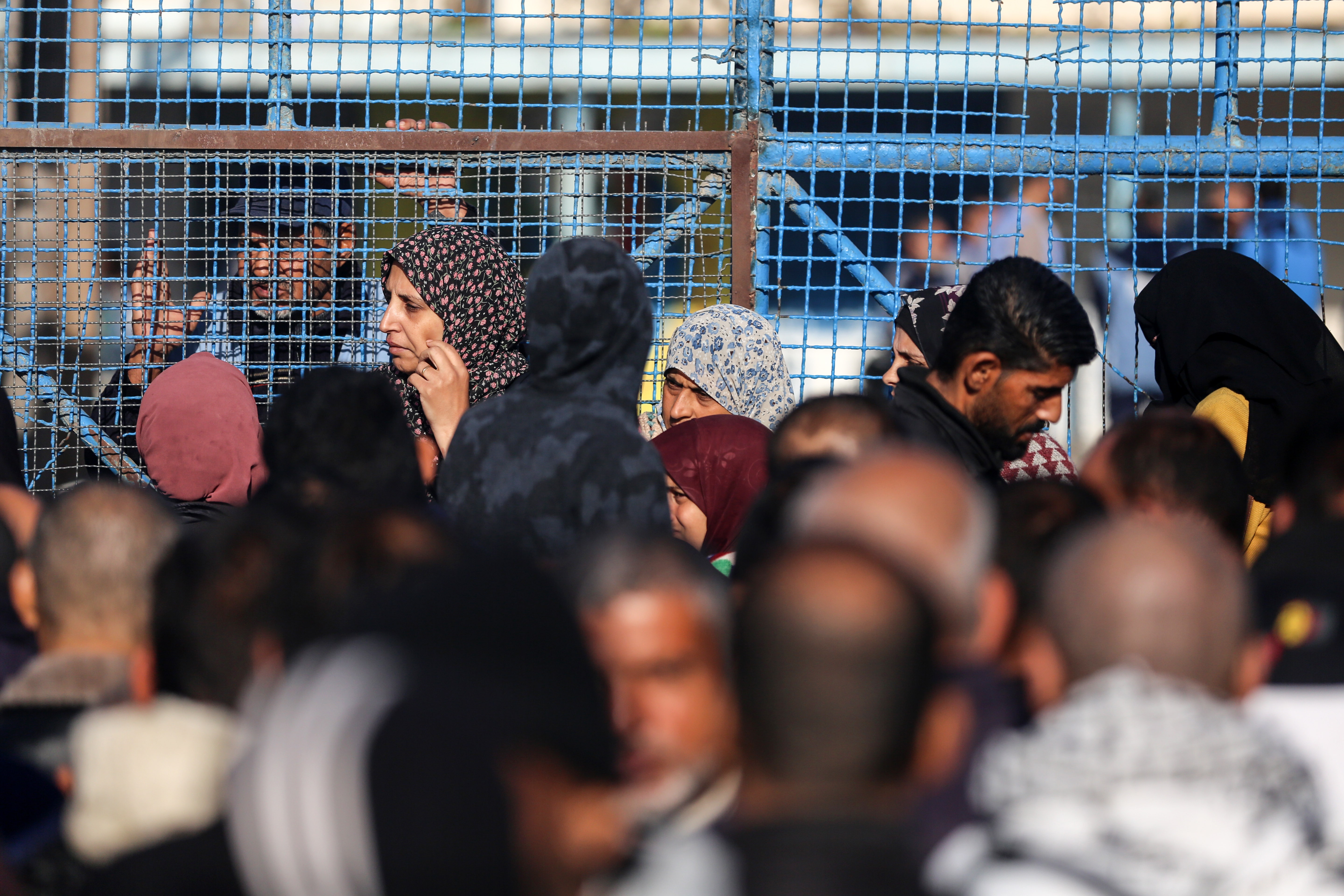The Australia Letter is a weekly newsletter from our Australia bureau. Sign up to get it by email.
Late last month, Prime Minister Anthony Albanese declared that violence against women had become a “national crisis.” His comments came after thousands rallied in Australia’s big cities to demand action from the government in the face of alarming statistics, with activists identifying at least 29 women who have been killed in Australia so far this year.
On top of that, newly released data from the government found that in the 2022-2023 fiscal year, 34 women were killed by a current or previous intimate partner, up 28 percent from the previous fiscal year. In other words, the trend lines for Australia’s domestic violence problem are heading in the wrong direction. While the rates are lower than in the United States, for Australians, the risk of violence and death at the hands of a partner is now increasing.
The government has now responded: In the new federal budget, Mr. Albanese’s government committed 1 billion Australia dollars, about $665 million, over five years to help women and children fleeing domestic violence.
But among those who work with victims and survivors, optimism is hard to find.
Many advocates, like Michelle Glasgow, general manager of Women Illawarra, a nonprofit founded in 1979 that provides services to rural areas in New South Wales, report many decades’ worth of experience with public outrage — seeing countless women march to end domestic violence, stop sexual assaults, gain access to health care and safe housing, and demand fair and equal access to jobs. None of it, they note, has produced much progress.
“We’re still beating on that same drum,” Ms. Glasgow said.
The problem persists, she added, because too many communities and men are still stuck on the “laissez-faire attitude of ‘She’ll be right, mate.’”
“She won’t be right, mate,” she said.
In her area, demand for Women Illawarra’s services — support circles, education programs, court advocacy and pathways for abused women going in and out of the justice system — has risen exponentially in recent years, especially after the pandemic lockdowns. Many women are stuck in what she described as a constant cycle of seeking accountability and safety.
“It’s another full-time job seeking help,” Ms. Glasgow said. “It’s relentless.”
From the outer suburbs of Melbourne, Tara Schultz, an abuse survivor and an advocate for others in that situation, painted a similar picture of no change, particularly for women who are poor or struggling with other forms of disadvantage. Young, low-income women are still more likely to be expelled from school because of behavioral or substance abuse problems or targeted by a predator than to be referred for help, she said. “Young girls are still facing the same problems that I was growing up.”
And as bad as it is in Australia’s cities and suburbs, the problem is often even worse in remote areas.
Just this week, a nearly yearlong inquest focused on four of the 76 Aboriginal women killed by their partners in the Northern Territory since 2000 was extended after the coroner said she had seen no improvement over time.
“Beyond the inquiries and reports, it is still not clear to me what has actually been done to start addressing the urgent need in the Northern Territory,” Elisabeth Armitage, the Northern Territory coroner, told a Darwin courtroom on Monday.
The landmark investigation, which started in June last year, has in addition to examining the specific deaths also been scrutinizing the territory’s patterns of domestic, family and sexual violence. While the territory accounts for less than 1 percent of Australia’s population, women there are seven times as likely to be killed by domestic violence compared with the national average, and the victims are almost always Indigenous people.
This is because on top of all the standard drivers of violence (such as gender inequality and discrimination), poverty, trauma and other forms of disadvantage are deeply entrenched in the Northern Territory, says Chay Brown, a domestic, family and sexual violence expert. Issues like hunger; a lack of running water, power and electricity; and homelessness at rates up to 30 times higher than the rest of the country all feed instability, fuel violence and hinder services that could help, Dr. Brown said. Those services that are available, she added, have “ridiculously low” funding and lack the resources needed to attend to an area twice the size of Texas.
“In most of these places, there’s no sealed roads, no phone network coverage, no public transport. And yet, all the measures and everything we talk about when it comes to domestic violence presume people live in urban centers.”
In the Northern Territory, police modeling presented at the inquest showed that rates of domestic, family and sexual violence are expected to jump 73 percent in the next decade. That would be smaller than a spike of 117 percent over the past decade, but still a stunning increase that many experts blame on a lack of attention to the root causes such as homelessness and poverty, all in a country that is among the wealthiest in the world.
The human cost of that, says Dr. Brown, who has worked on previous government plans to address domestic violence, will be “astronomical.”
“For those of us on the ground, we see this every day. It’s not a job, it’s not a 9-to-5, this is our lives,” she said. “People die and up top they’ve forgotten that.”
Here are this week’s stories.
Are you enjoying our Australia bureau dispatches?
Enjoying the Australia Letter? Sign up here or forward to a friend.






